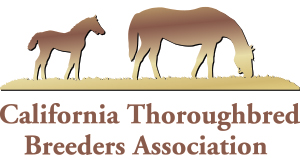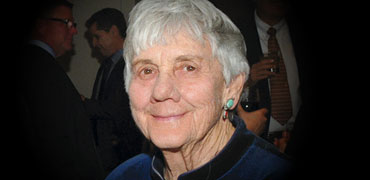RACING WITH A CTBA EDUCATION
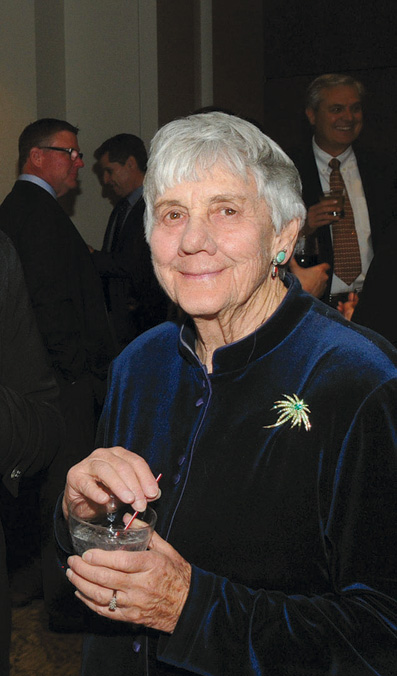 At the age of 5, Martha Miller was already ducking under the turnstile to get into the racetrack for free. She knew how to read the Daily Racing Form before tackling first-grade level books and still has old scrapbooks of the jockeys and horses she loved as a child. Racing wormed its way into Miller’s heart early on and never let go.
At the age of 5, Martha Miller was already ducking under the turnstile to get into the racetrack for free. She knew how to read the Daily Racing Form before tackling first-grade level books and still has old scrapbooks of the jockeys and horses she loved as a child. Racing wormed its way into Miller’s heart early on and never let go.
“My father raised me on the track; I grew up with it,” she said. “I swore that if I ever had the money, I would have a racehorse.”
With time came money, and with money came an investment into partnerships and the racing industry in general. From 1990 on, Miller was entrenched in racing, starting with California-bred Reason to Be, a mare by Aloma’s Ruler.
“I gradually became very much hands on,” Miller said. “I did a lot of reading and research and noting what was happening. I got acquainted with Leigh Ann Howard, which was one of the best things that ever happened to me.”
A past president of the California Thoroughbred Breeders Association, the charismatic Howard became a good friend and got Miller to attend many of the CTBA’s functions, including demonstrations and seminars.
“They had learning sessions where you would go to the barn and walk with a trainer,” said Miller. “I involved myself.”
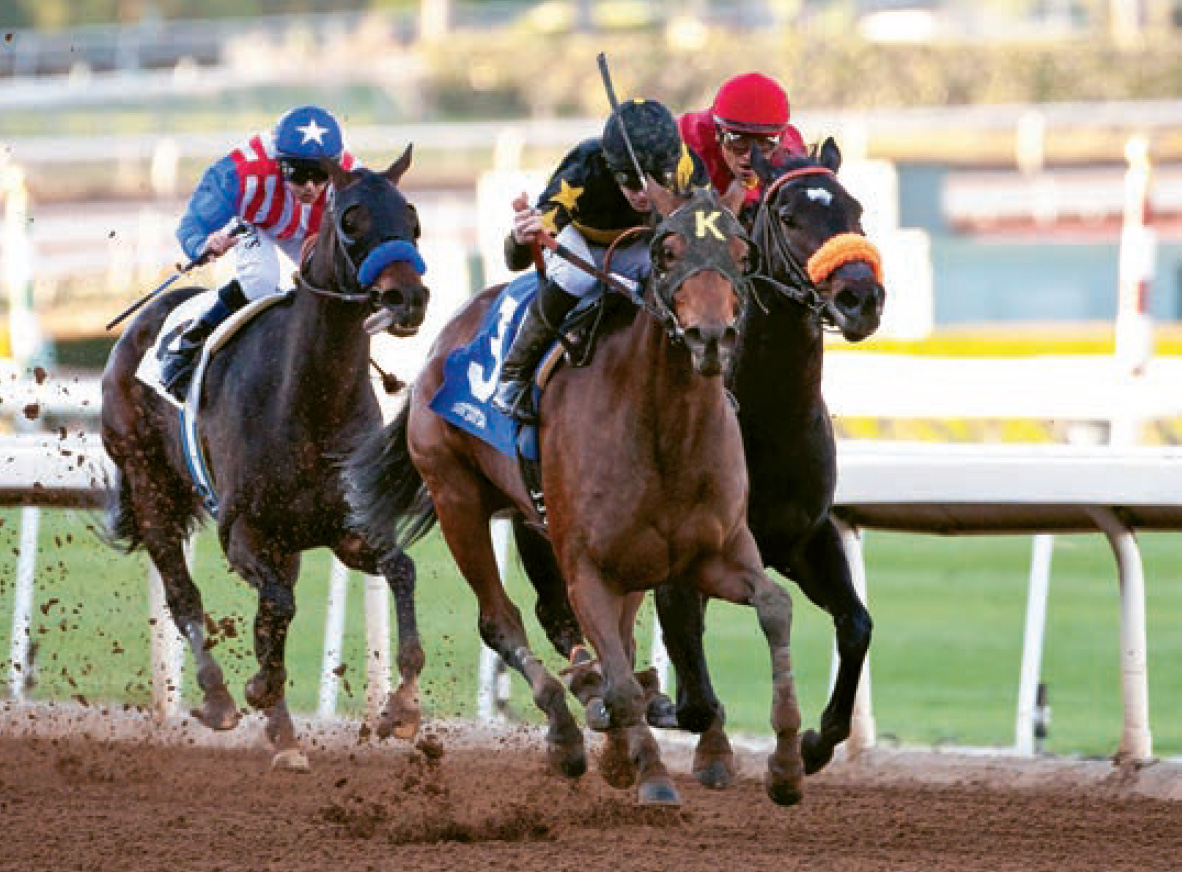
Martha Miller’s “best horse I’ve had,” Harlington’s Rose wins the Kalookan Queen Stakes at Santa Anita
Miller, who has had a career in the performing arts and hospitality business, was traveling to New Zealand regularly for that country’s International Festival of the Arts. An avid traveler, Miller visited racetracks all over the world, including in Japan and Africa, so it made sense she would start following the racing in New Zealand.
“I came to be very involved in New Zealand racehorses,” she said, “horses that were bred there but brought to the United States to race.”
Among those was Kessem Power, a son of Kessem— Lady Duvach, by Harbor Prince. He had tried group 1 company as a maiden and won several times before making the journey to America. With trainer Randy Bradshaw at the helm, Kessem Power won at Hollywood Park May 17, 1997, but was claimed from Miller’s partnership later that year at Del Mar for $50,000. Kessem Power would go on to earn $593,450 with 11 wins in 39 starts, including the San Luis Obispo Handicap (G2T) and San Luis Rey Stakes (G2T) at Santa Anita.
“He was one of my favorites,” Miller said. “But they’re all kind of my favorites. It’s hard to describe, but to keep it simple every horse is my favorite horse.”
Another New Zealand-bred was Cool Rock’a, who was group 1-placed in her native country. The daughter of Diplomatic Star won seven times with fi ve seconds and two thirds.
“I’ll always consider New Zealand home,” Miller said fondly.

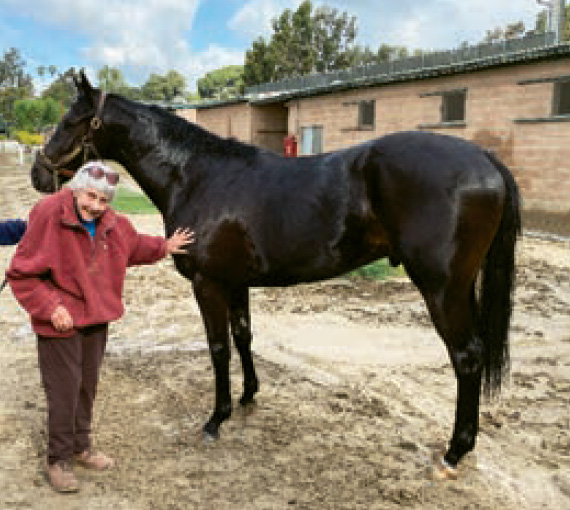
Of all the horses Miller has owned, California-bred Harlington’s Rose stands out. The daughter of Harlington—A Rose for You, by Orientate, was a $20,000 auction purchase at the 2012 Barretts October yearling sale and went on to earn back $420,058.
Under the tutelage of Steve Knapp, Harlington’s Rose broke her maiden at Hollywood Park in June 2013 and ran second in the $100,000 Barretts Debutante Stakes that September. She knocked heads against the best in races such as the Chandelier Stakes (G1) and the $201,500 California Cup Oaks before winning the $95,850 Kalookan Queen Stakes. After running third in the $200,250 Santa Monica Stakes (G2), Harlington’s Rose got a graded victory in the $100,250 Las Flores Stakes (G3). She retired with four wins, six seconds, and four thirds in 34 starts.
“She was the best horse I’ve had,” Miller said. “We were very fortunate with her.”
Although Kessem Power and Harlington’s Rose were the most talented on the track, there have been several others that meant something to Miller. Cal-bred Gone Skimmin won only once but after rehabbing off the track ended up as a trail horse in Yosemite, where Miller resides.
“He is a wonderful guide horse; everybody loves him,” she said.
Another Cal-bred, Drop Your Socks, was a modest claimer in Idaho and Arizona, but he ran for two of the trainers that Miller considers herself fortunate to know: Ron Stevens and Michael Lenzini.
“Ron took Drop Your Socks to Idaho and he became a champion there,” Miller said of the son of Naevus who finished in the top three spots 17 times.
The CTBA has played a huge part in Miller’s education.
I gradually became hands on. I did a lot of reading and research and noting what was happening. I got acquainted with (CTBA past president) Leigh Ann Howard, which was one of the best things that ever happended to me…
“Those two- or three-day seminars on all the different topics contributed so much to what I now know and how I operate,” Miller said.
She also noted that in addition to trainer Stevens’ influence on her, his sons Gary and Scott have meant a lot as well.
“Mike Lenzini has been a wonderful coach,” she added. “Kim Lloyd was one of my first trainers—I’m very fond of him to this day. Frank Veiga, Craig Lewis. Steve Knapp is my current trainer, and he is very instructive, very attentive.”
Miller noted that having good partners can “make or break” the racing experience.
“I think it’s a great way to be an owner and a great way to have Cal-breds,” she said. “Everyone has the same interests, so partnerships have played a very important part in my history as an owner.”
Miller, who says that having access to watching TVG, “saved me during the COVID-19 lockdown,” has two horses on the track at the moment. One is a colt by Stay Thirsty, a stallion who stands at Lovacres Ranch. Miller has had several partnerships with Lovacres helmsman Terry Lovingier. The other is Admiral Aeschbach, a Cal-bred daughter of Boat Trip who ran third in her racing debut but has yet to place in three starts this season.
Miller noted that she always has at least one horse and would love to see the return of more seminars and courses for owners.
“I try to participate in every way I can to be part of the industry,” she said. “I’m not one to be on the out-skirts. I want to be on the inside.”

